Super simple experiment this week, but a great way to talk about molecules and demonstrate how they make a difference in water. :)
Question of the Week…What will happen to jello/gelatin when it’s added to hot water versus cold water?
Items we used for this experiment:
~ hot water
~ cold water
~ 2 cups
~ jello
Predictions and Experiment…
Each of the kids made a prediction about what would happen to the jello when a pinch of it was added to hot water and a pinch of it was added to a cup of cold water. Would it float on the top of the water, solidify, or mix with the water?
The Experiment…
First we poured a bit of the jello pack into the cup of cold water to see what would happen to that. Fairly uneventful.
Once we had recorded our answers to the cold jello trial, we poured a bit of the jello pack into the cup with hot water and watched. The jello began mixing with the water right away and dissolving.
{and of course the questions began on could we now smell the jello water, drink the jello, or eat the jello…sigh}.
The Nutshell Reason…
Water molecules in water vibrate, and hot water molecules vibrate faster than those in cold water because they have more energy. When we put the jello into the hot water, the jello dissolved more quickly because the vibration of the water molecules was greater ~ it spread out more quickly and dissolved.
 Resource: How to Do Science Experiments with Children is available from Amazon and you can also check it out {and do some of the experiments} using Google Docs! The experiments use easy-to-find objects and also include record sheets for kids to fill out with their predictions and experiment results. Each experiment also includes teaching tips and explanations…which are rather handy! :)
Resource: How to Do Science Experiments with Children is available from Amazon and you can also check it out {and do some of the experiments} using Google Docs! The experiments use easy-to-find objects and also include record sheets for kids to fill out with their predictions and experiment results. Each experiment also includes teaching tips and explanations…which are rather handy! :)
Don’t forget to check out some other great science ideas at Science Sunday hosted by Ticia at Adventures in Mommydom.


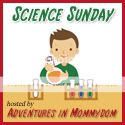
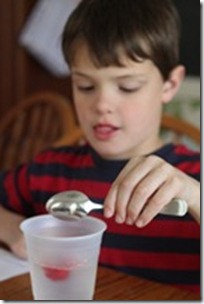


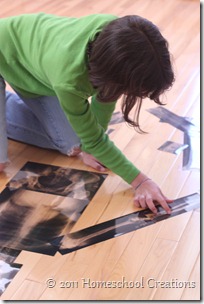
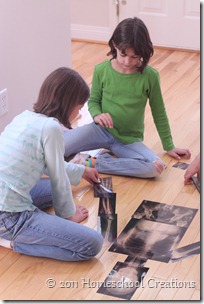
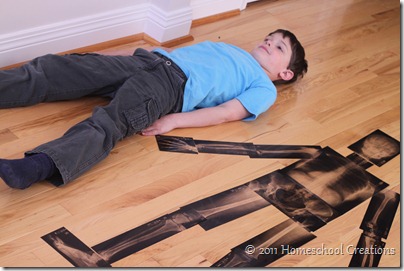

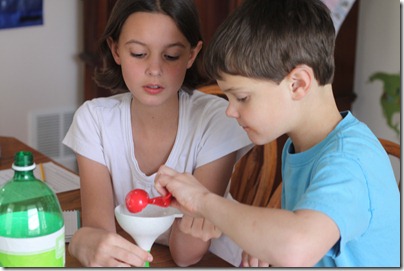

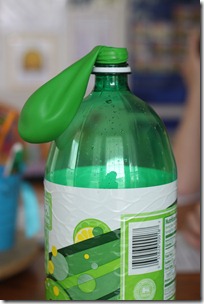
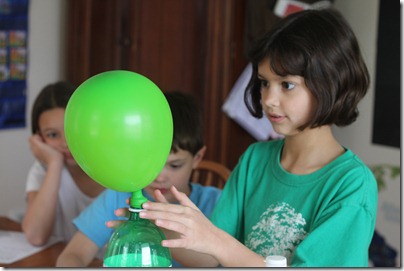

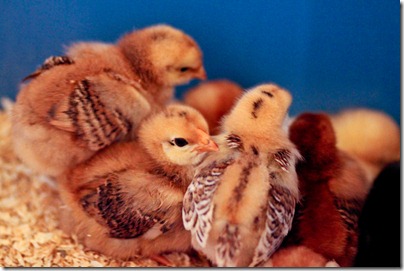



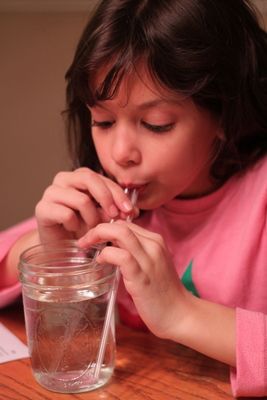




 The printables shared on this site are FREE of charge unless otherwise noted, and you are welcome to download them for your personal and/or classroom use only. However, free or purchased printables are NOT to be reproduced, hosted, sold, shared, or stored on any other website or electronic retrieval system (such as Scribd or Google docs). My printables are copyright protected and I appreciate your help in keeping them that way.
If you download and use some of my printables and then blog about them, please provide a link back to my blog and let me know - I'd love to see how you are using them! Please be sure to link to the blog post or web page and not directly to the file itself. Thank you!
The printables shared on this site are FREE of charge unless otherwise noted, and you are welcome to download them for your personal and/or classroom use only. However, free or purchased printables are NOT to be reproduced, hosted, sold, shared, or stored on any other website or electronic retrieval system (such as Scribd or Google docs). My printables are copyright protected and I appreciate your help in keeping them that way.
If you download and use some of my printables and then blog about them, please provide a link back to my blog and let me know - I'd love to see how you are using them! Please be sure to link to the blog post or web page and not directly to the file itself. Thank you!